PEOPLE
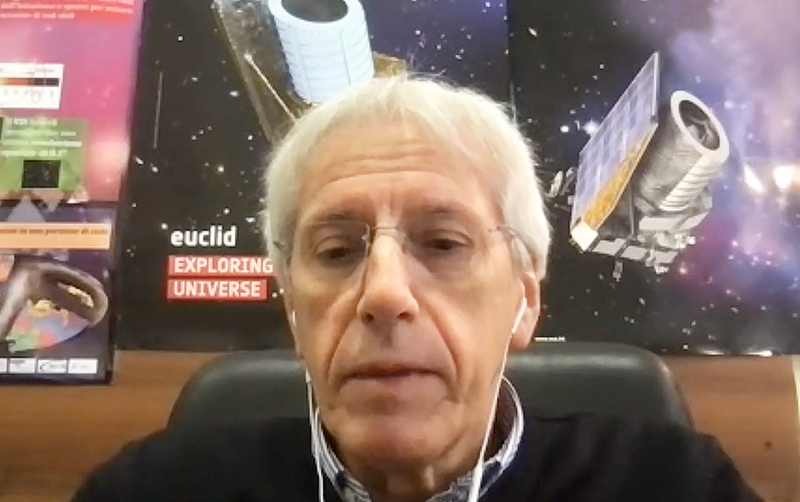
EUCLID AND THE GEOMETRY OF THE UNIVERSE
Interview with Luca Stanco, researcher of the INFN Padua Division, INFN coordinator for the Euclid project
On 31 July, slightly less than a month after its launch, after a journey that brought it to its operational destination at the Lagrange Point L2 at 1.5 million kilometres from Earth, the European Space Agency Euclid space telescope, dedicated to studying the geometry and expansion of the universe, provided the first evocative images. The outcome of an international collaboration, Euclid involves a fundamental contribution from Italy, through the Italian Space Agency (ASI), the Italian National Institute for Astrophysics (INAF), and INFN. Alongside France, our country is in fact leading the scientific consortium, which is composed of more than 2,000 researchers responsible for creating the telescope and doing the scientific analyses based on the observations that Euclid will perform in the next six years. The observations will concern a large number of galaxies, corresponding to approximately one third of the sky, and will serve to map their distance and distribution and, in doing so, contribute to understanding how dark energy and dark matter have influenced the evolution of the universe.
The mission is mainly dedicated to investigating big open questions in contemporary cosmology, such as the nature of dark energy and dark matter, which alone represent almost 95% of the universe. However, Euclid also promises to influence a vast number of research areas with its results. It may provide essential information in the fields of particle physics and fundamental physics, in particular for studying gravity, excluding possible candidates for dark matter or identifying any gravitational phenomena that do not agree with the predictions of Albert Einstein's General Theory of Relativity. The INFN contribution was engaged at the forefront of creating and integrating the telescope and will collaborate on data analysis and provide computing resources as well. It is represented by a numerous group of researchers, coordinated by Luca Stanco, researcher of the INFN Padova Division.
Where did the idea for a space telescope that studies the evolution of the universe and its dark component come from?
The idea for a mission for studying the dark component of the universe can, in some ways, be traced back to the discoveries made in 1998 by the Hubble space telescope, whose observations revealed how the escape velocity of a particular class of supernova, used as references due to their continuous luminosity, increased over the life of the universe...NEWS

RESEARCH
MUON G-2 DOUBLES ITS PRECISION AND PREPARES FOR THE FINAL CONFRONTATION WITH THEORY
A new and even more precise measurement of a particular magnetic property of the muon, the so-called anomalous magnetic moment (indicated with the letter g), was presented during a seminar today, 10 August, by the Muon g-2 experiment scientific collaboration of the Fermi National Accelerator Laboratory (Fermilab) in Batavia, near Chicago (US). The new measurement of g, the most precise yet performed, strengthens and improves by a factor of two the measurement published in April 2021 by the same collaboration and sets up an increasingly tighter showdown between theoretical predictions and experimental measurements.
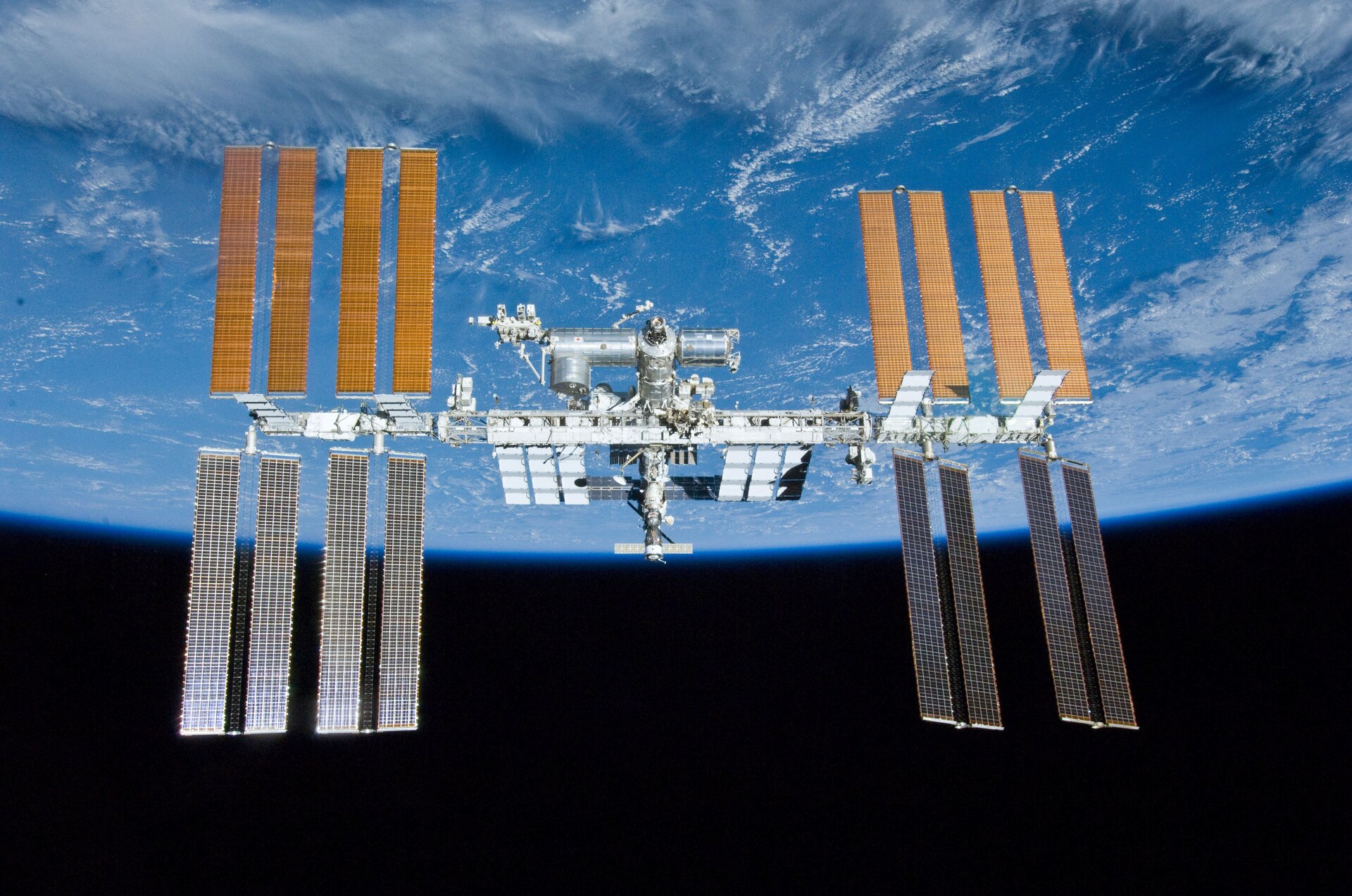
SPACE
ESA SELEZIONA SQM-ISS, PROPOSTA A GUIDA INFN, PER LA ISS
The IceCube experiment, the world's largest neutrino telescope that has been studying the cosmos from the depths of Antarctic ice for over a decade, has made a new and unexpected observation: a diffuse neutrino emission of very high energies, from 500 GeV up to several PeV, concentrated along the Milky Way.
FOCUS
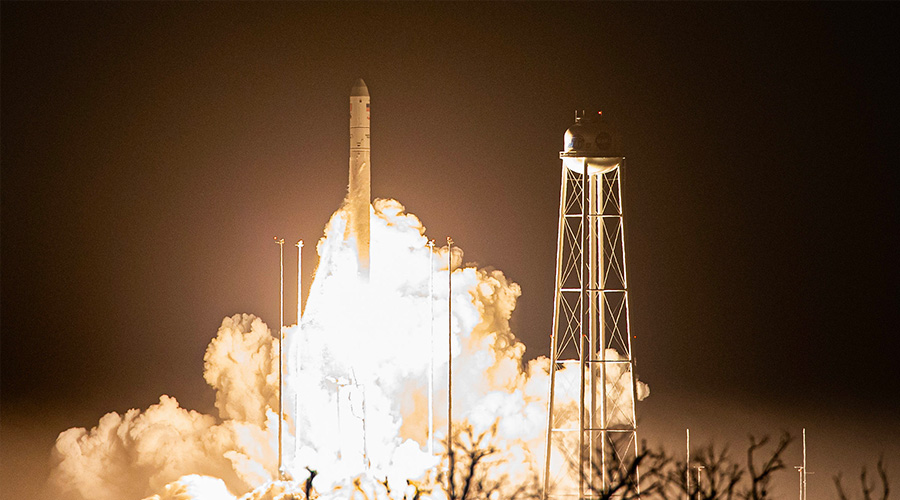 ZEPRION IN ORBIT TO DEVELOP NEW MEDICINES
ZEPRION IN ORBIT TO DEVELOP NEW MEDICINES
It is called ZePrion and it successfully took off with the NG-19 robotic resupply space mission from the Wallops Island base in Virginia (USA) on 2 August towards the International Space Station. Here, it will operate to check the validity of the operating mechanism of an innovative protocol for developing new drugs. The result of an international collaboration that involves various academic institutes and the Israeli company SpacePharma, the experiment involves an essential contribution from Italy through the University of Milano-Bicocca, the University of Trento, the Telethon Foundation, INFN, and the National Research Council Institute of Agricultural Biology and Biotechnology (CNR-IBBA). ...
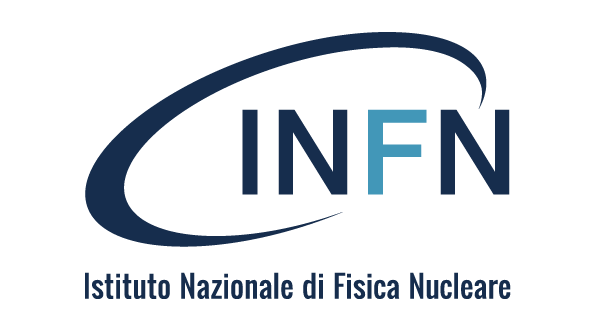

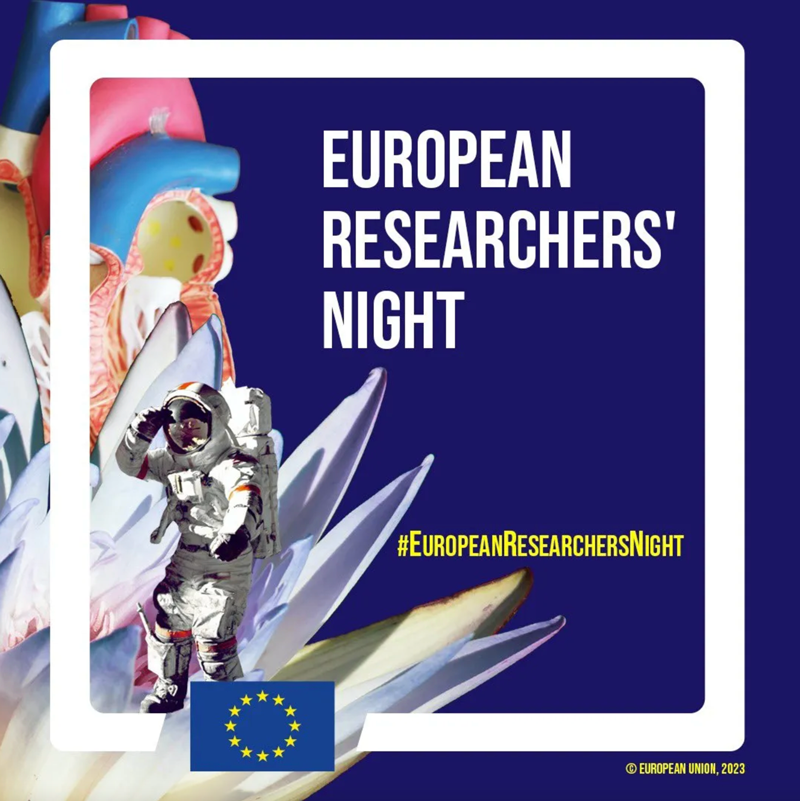 SCIENCE NIGHTS ACROSS ITALY, THE EUROPEAN RESEARCHERS' NIGHT IS BACK
SCIENCE NIGHTS ACROSS ITALY, THE EUROPEAN RESEARCHERS' NIGHT IS BACK